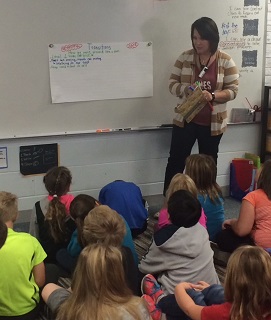10 Steps to Independent Transitions
 During the school day there are many transitions for students. Students move to and from the gathering area, independent work, collaborative work, and more. If we aren't careful, valuable instruction time can be lost during a transition. This can be avoided if behavior expectations are communicated to, modeled for, and practiced with students. One way to reduce transition times and make the most of your time with students is to use the 10 Steps to Independence.
During the school day there are many transitions for students. Students move to and from the gathering area, independent work, collaborative work, and more. If we aren't careful, valuable instruction time can be lost during a transition. This can be avoided if behavior expectations are communicated to, modeled for, and practiced with students. One way to reduce transition times and make the most of your time with students is to use the 10 Steps to Independence.
1. Identify what is to be taught—"Today we are going to learn what a transition is and how to transition effectively."
2. Set a purpose/create a sense of urgency—"It is important that we know how to transition, because it helps us to be safe and respectful, and gives us time to learn more."
3. Record desired behaviors on an I-chart—"What should it look like and sound like when we transition from one activity to another?" List behaviors on the chart, stating the behaviors we want to see.
4. Model most-desirable behaviors.
5. Model least-desirable behaviors, then most-desirable behaviors again..
6. Place students in one location or around the room, and tell them where they will be transitioning to.
7. Have students practice by transitioning when they hear the signal.
8. Stay out of the way.
9. Use a quiet signal to bring students back to the group
10. Conduct a group check-in—How did it go? Graph progress and set a goal for the next practice. There are many options for progress goals. You may wish to time how long the transition takes and work toward making it shorter, or gauge the volume and set a goal to reduce the noise level, or even count the number of behaviors they did correctly and set a goal for what to work on next.

Continue to revisit and practice until transitions are seamless.
Want more? Take a look at the Daily Routines online course.







